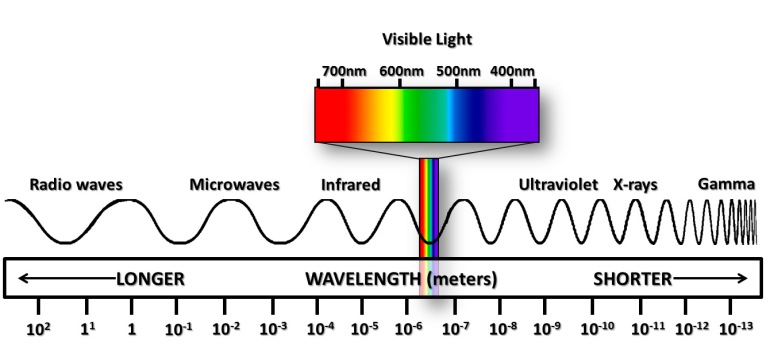Welcome back to the Creative Life Adventure.
Recently, we talked a bit about how experience expands one’s available tool set in approaching creative endeavors. I recently came across a wonderful example of this idea, illustrating that when no path forward exists, we sometimes have to forge our own path.
 I’m currently re-reading Carl Sagan’s classic 1980 book Cosmos (I can’t recommend this book enough – despite advancements in knowledge since 1980, it is still highly relevant and will leave you in awe of the physical world in which we live). It reminded me that optimizing use of the toolbox isn’t just important to enhance creativity, but to implement it.
I’m currently re-reading Carl Sagan’s classic 1980 book Cosmos (I can’t recommend this book enough – despite advancements in knowledge since 1980, it is still highly relevant and will leave you in awe of the physical world in which we live). It reminded me that optimizing use of the toolbox isn’t just important to enhance creativity, but to implement it.
Specifically, Sagan writes about attempts to analyze the planet Venus at a time when no landing craft were planned and clouds obscured the surface from visible observation. If we couldn’t land on the surface, and couldn’t observe it directly with earth-based telescopes, was there some other way to determine surface conditions on the planet? Astronomers used earth-based instruments to analyze the electromagnetic spectrum outside the narrow range that is visible to the human eye. Radar telescopes established the length of a day on Venus and determined that the planet actually rotates in the opposite direction of other planets in the solar system. Spectroscopic examination of the planet gave indications of the extreme high temperatures on the surface and of the high amount of carbon dioxide in the atmosphere. When hands-on observations were not possible, astronomers found other techniques to conduct their research. (Later landings by unmanned spacecraft confirmed that Venus is, indeed, a harsh environment.)

It’s the same way a composer has to consider keys and chord progressions when writing a piece of music. A good actor has to know when to speak softly and when to chew scenery. An accountant has to apply the inventory reporting method appropriate to their business. A physician has to decide when to operate versus when to medicate. A business entrepreneur has to explore every possible funding option if they don’t receive a needed bank loan. These are all examples of applying the right tool at the right time. As much as we like to think some decisions are clearly defined – especially in scientific disciplines like astronomy or medicine, the reality is that creativity is often required. It can be the thing that distinguishes great from ordinary.
What is the toolbox for your particular creative endeavor, and how intimately do you understand it? Even the greatest artist has to sometimes revisit the foundation of their craft. Taking time to reexamine the tools of your trade and how they can be applied can give you a stronger framework for implementing creative ideas when they come to you.